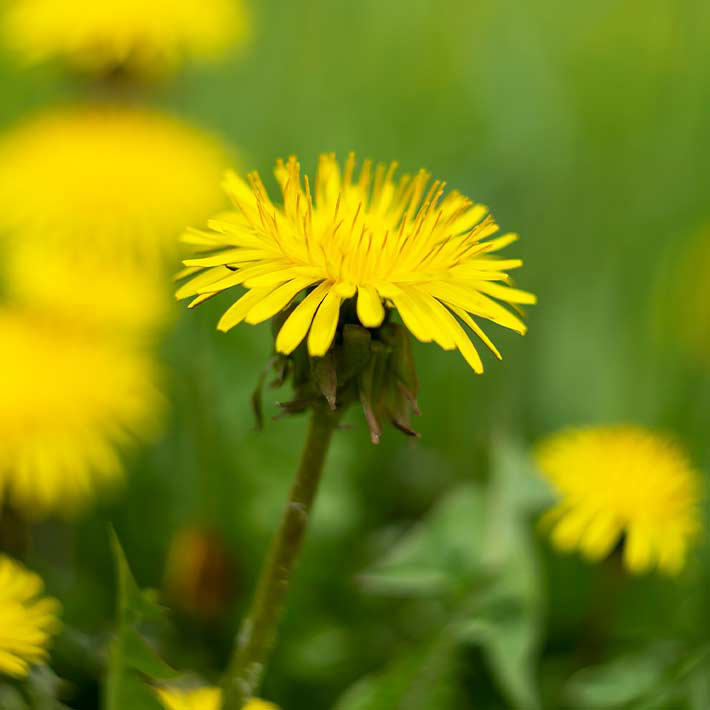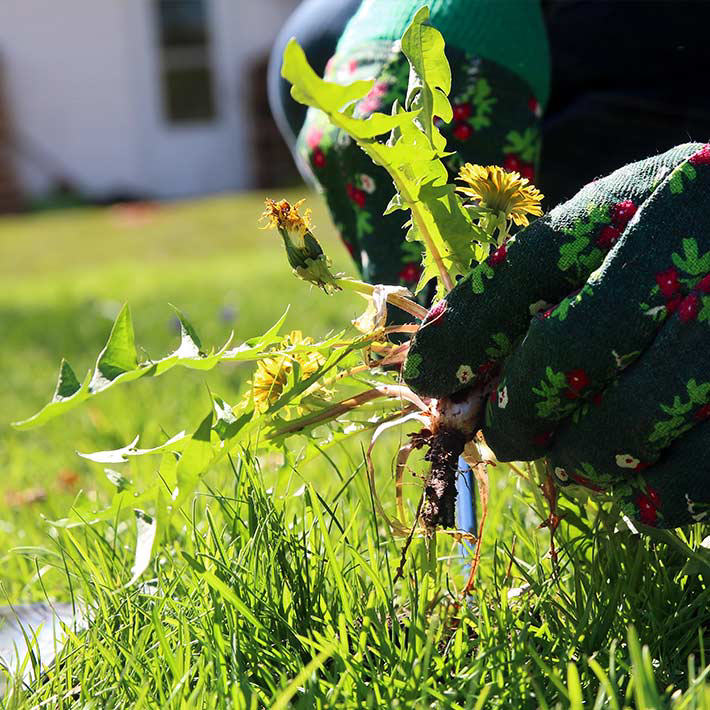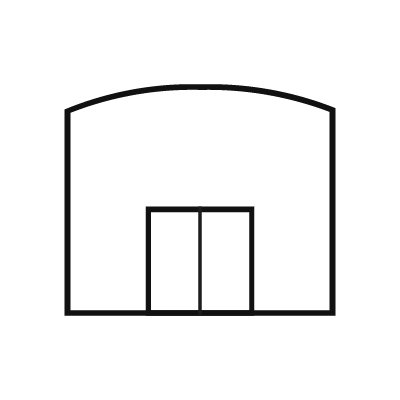
Annual weeds
- These can grow almost anywhere in the garden. It is important to remove them early before the seeds spread. These usually grow and die in one year but if they set seed, they will return year after year
- Examples include Chickweed, Groundsel and Black Medick
- TIP: Contact weedkillers act quickly and kill the part of the plant it touches. These are ideal for annual weeds. Visible results can be seen in 1-3 hours
- Contact weedkillers should be used when the weeds are actively growing and are most effective when weeds are young

Perennial weeds
- These can survive for a long time, returning year after year. They spread from seed and the root, so it is important to remove these directly from the root
- Examples include Nettles, Bindweed and Ground elder
- TIP: Systematic weedkillers are good for controlling a variety of weeds around the garden. These penetrate weeds from the root and are ideal for perennial weeds
- Systematic weedkillers should be applied when the plant is actively growing, and initial effects can normally be seen between 2-7 days. However, it can take up to 28 days for the formulation to take full effect
- For best results, apply on a calm and dry day, and leave undisturbed for 1 week

Lawn weeds
- These are weeds which appear in your lawn
- Examples include Dandelions, Daisies and Clovers
- TIP: Selective weedkillers target broad-leaved weeds and won’t affect grass. They kill the weeds and not the lawn, so are ideal for lawn weeds. Visible results can take 4-6 weeks



